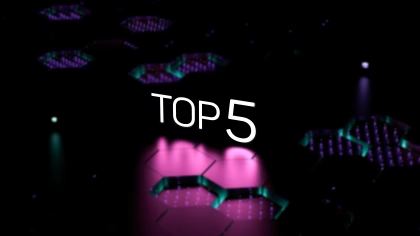Neuroforecasting predicts population-wide choices based on neural data of individuals and can be used, for example, in neuromarketing to estimate campaign successes. To deliver true value, the brain activity metrics should deliver predictive value above and beyond traditional stated preferences. Evidence from movie trailer research has proposed neural synchrony, which compares the similarity of brain responses across participants and has shown to be a promising tool in neuroforecasting for movie popularity. The music industry might also benefit from these increasingly accurate success predictors, but only one study has been forecasting music popularity, using functional magnetic resonance imaging measures. Current research validates the strength of neural synchrony as a predictive measure for the popularity of music, making use of electroencephalogram to capture moment-to-moment neural similarity between respondents while they listen to music. Neural synchrony is demonstrated to be a significant predictor for public appreciation on Spotify 3 weeks and 10 months after the release of the albums, especially when combined with the release of a single. On an individual level, other brain measures were shown to relate to individual subjective likeability ratings, including Frontal Alpha Asymmetry and engagement when combined with the factors artist and single release. Our results show the predictive value of brain activity measures outperforms stated preferences. Especially, neural synchrony carries high predictive value for the popularity on Spotify, providing the music industry with an essential asset for efficient decision making and investments, in addition to other practical implications that include neuromarketing and advertising industries.







